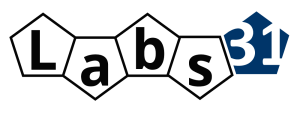- Determine the purpose of the lab: What kind of testing or research will be conducted?
- Evaluate the safety requirements: Follow safety standards, including ventilation, hazardous material storage, safety equipment, emergency protocols, and training requirements.
- Determine the layout: Organize the lab to facilitate efficient workflow without compromising safety protocols. Think about workstations, equipment placement, and storage.
- Consider ergonomics: Ensure that the workspace is designed to reduce physical stress and strain caused by repetitive motions, awkward positions, or prolonged standing.
- Factor in workflow requirements: Minimize congestion, optimize flow, and simplify the movement of people and materials. Anticipate how materials and equipment will move within the lab.

- Select appropriate flooring, wall, and ceiling materials: Construct or modify the lab with materials that are durable, easy to sanitize, and meet safety and regulatory standards.
- Determine the electrical requirements: Calculate the power needs for all equipment and lighting. Ensure that the electrical system meets safety and regulatory requirements.
- Select and install suitable ventilation systems: Select and install the right type and quantity of ventilation systems for your lab.
- Determine the lighting requirements: Provide adequate lighting that meets safety and regulatory standards.
- Ensure compliance with all regulatory and accreditation requirements: Ensure that your lab meets industry standards and regulatory requirements.
How can we help you?
Let us get acquainted and talk about your challenges, looking for the best possible solution for you and your company!
We can help you with consultancy, project management and turn-key laboratory projects.

